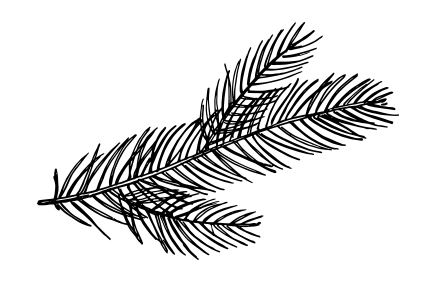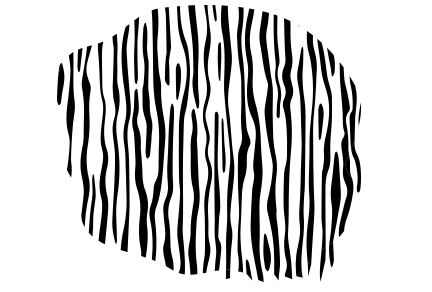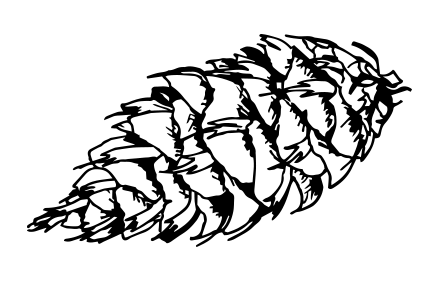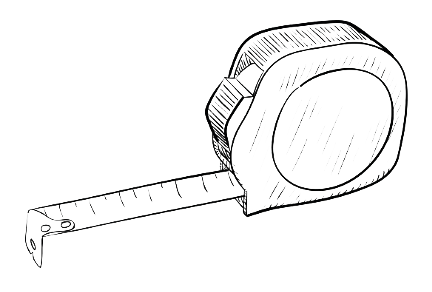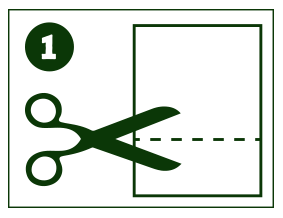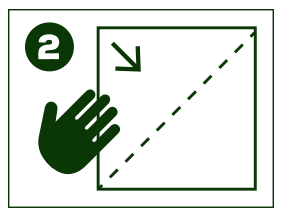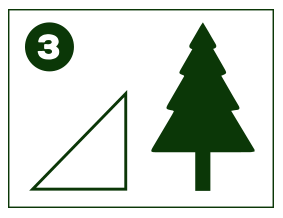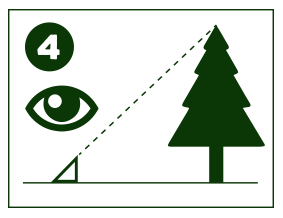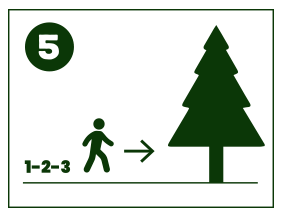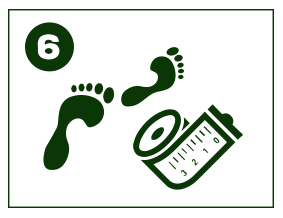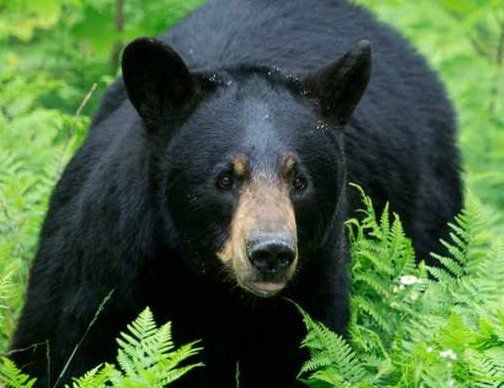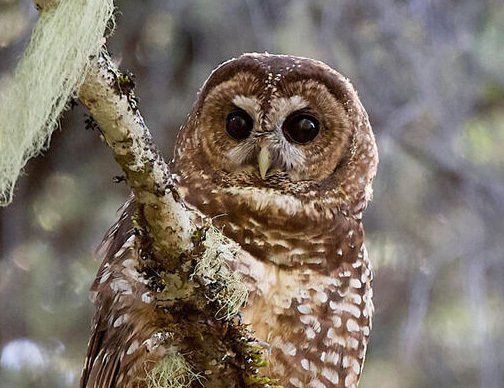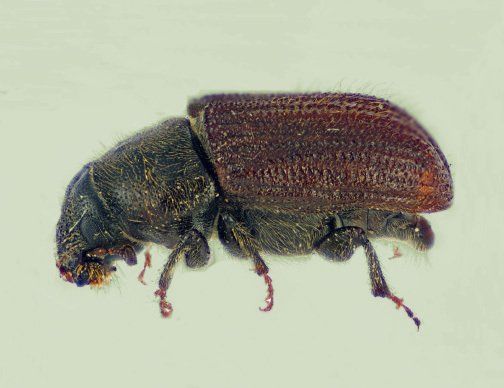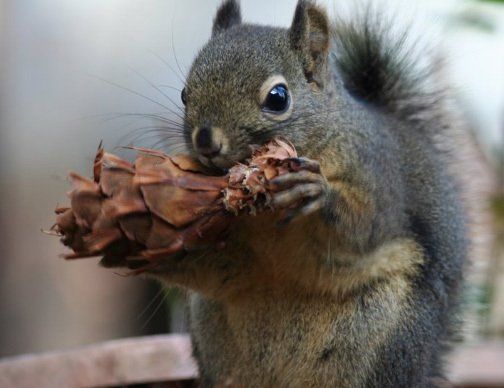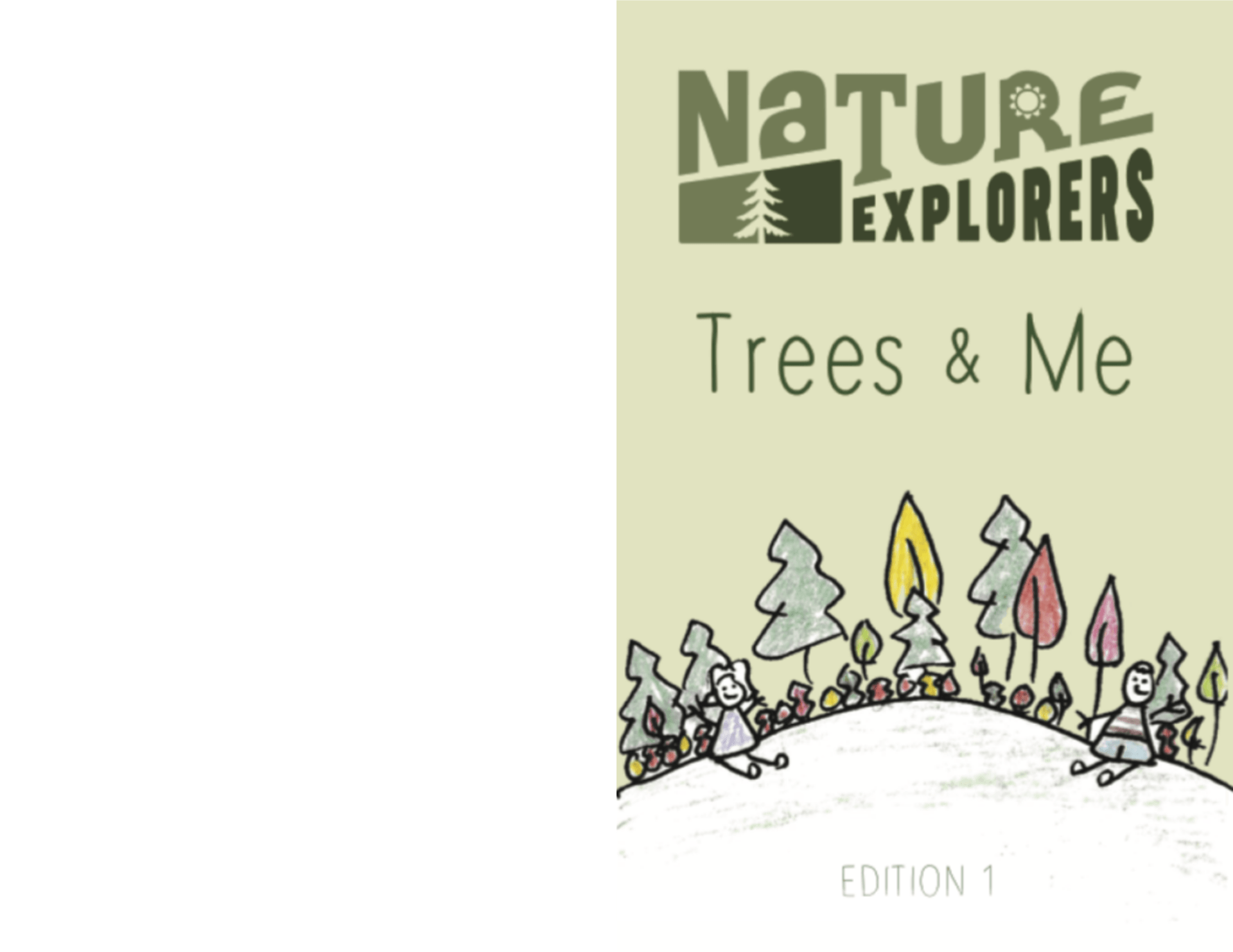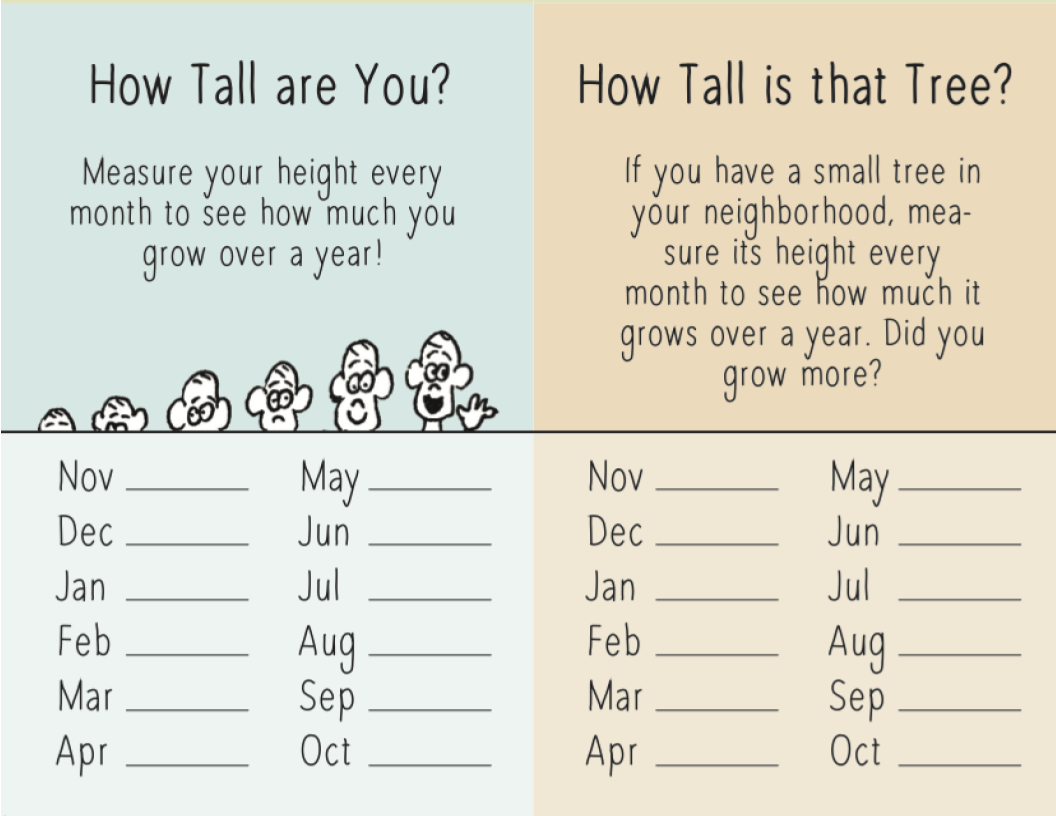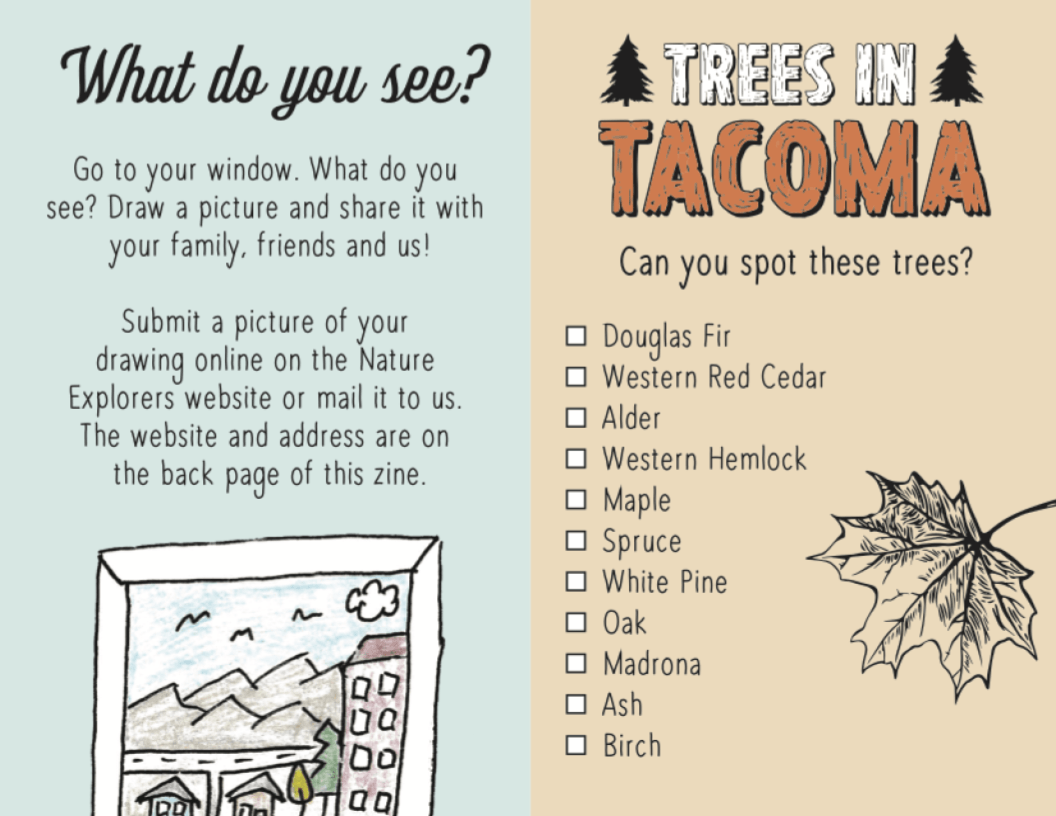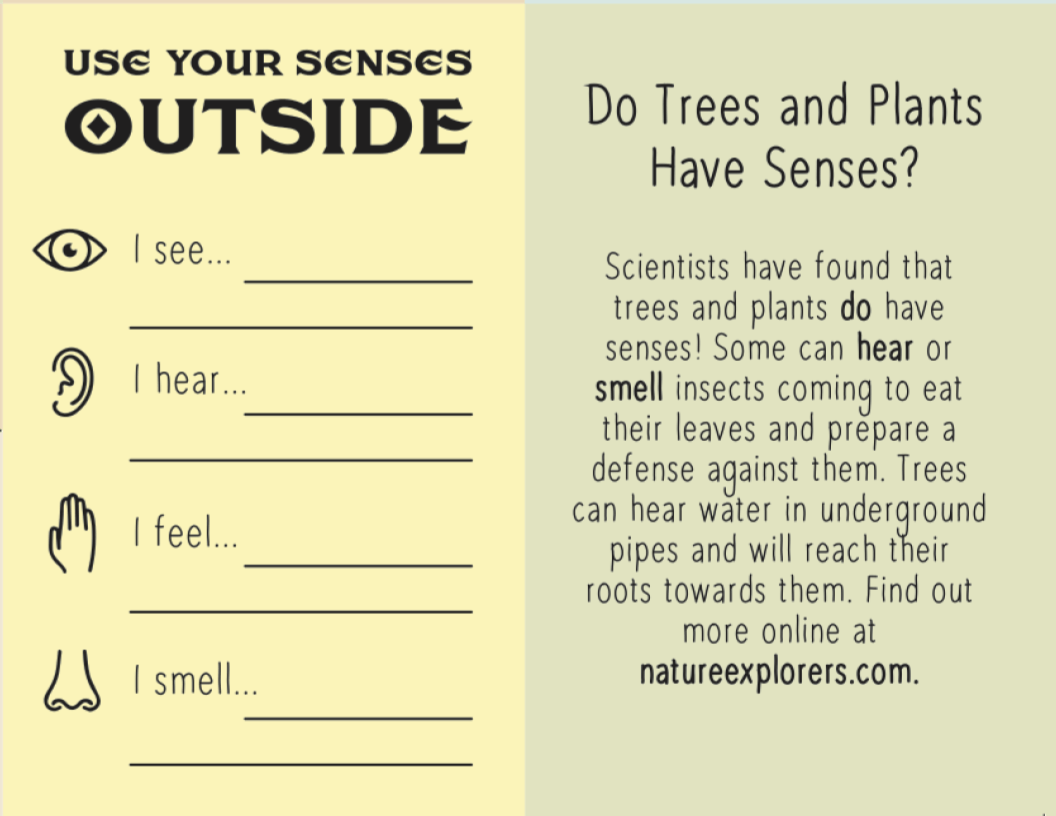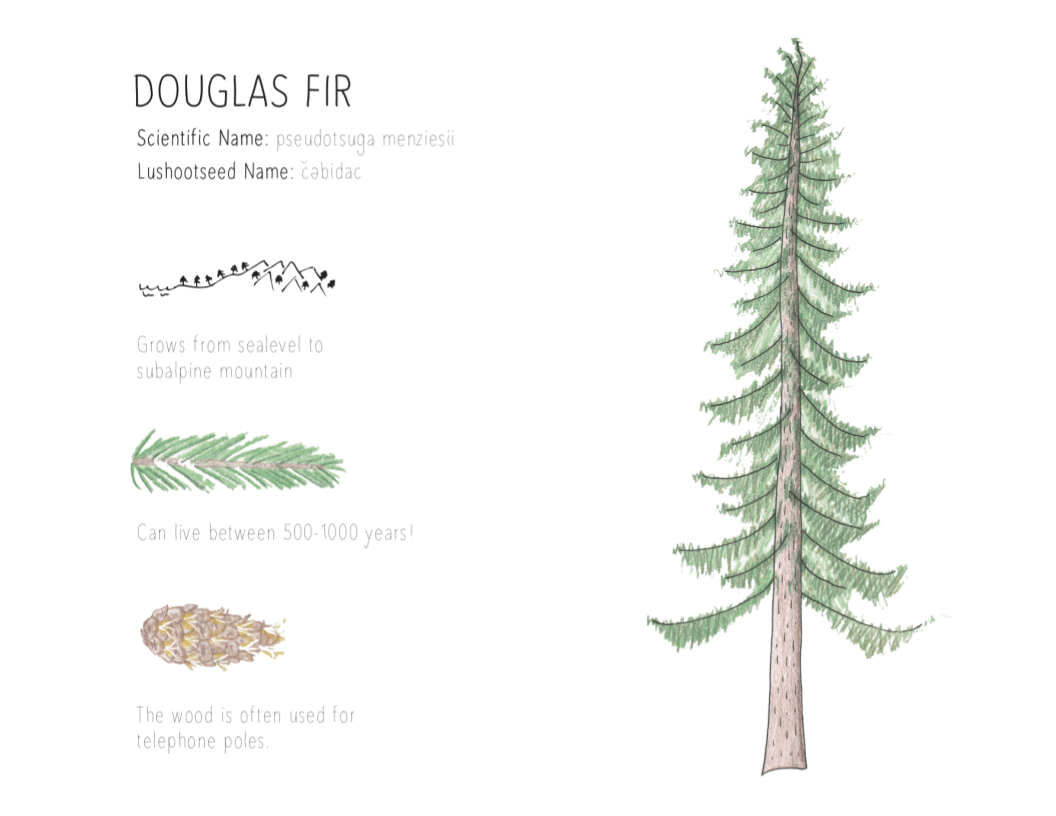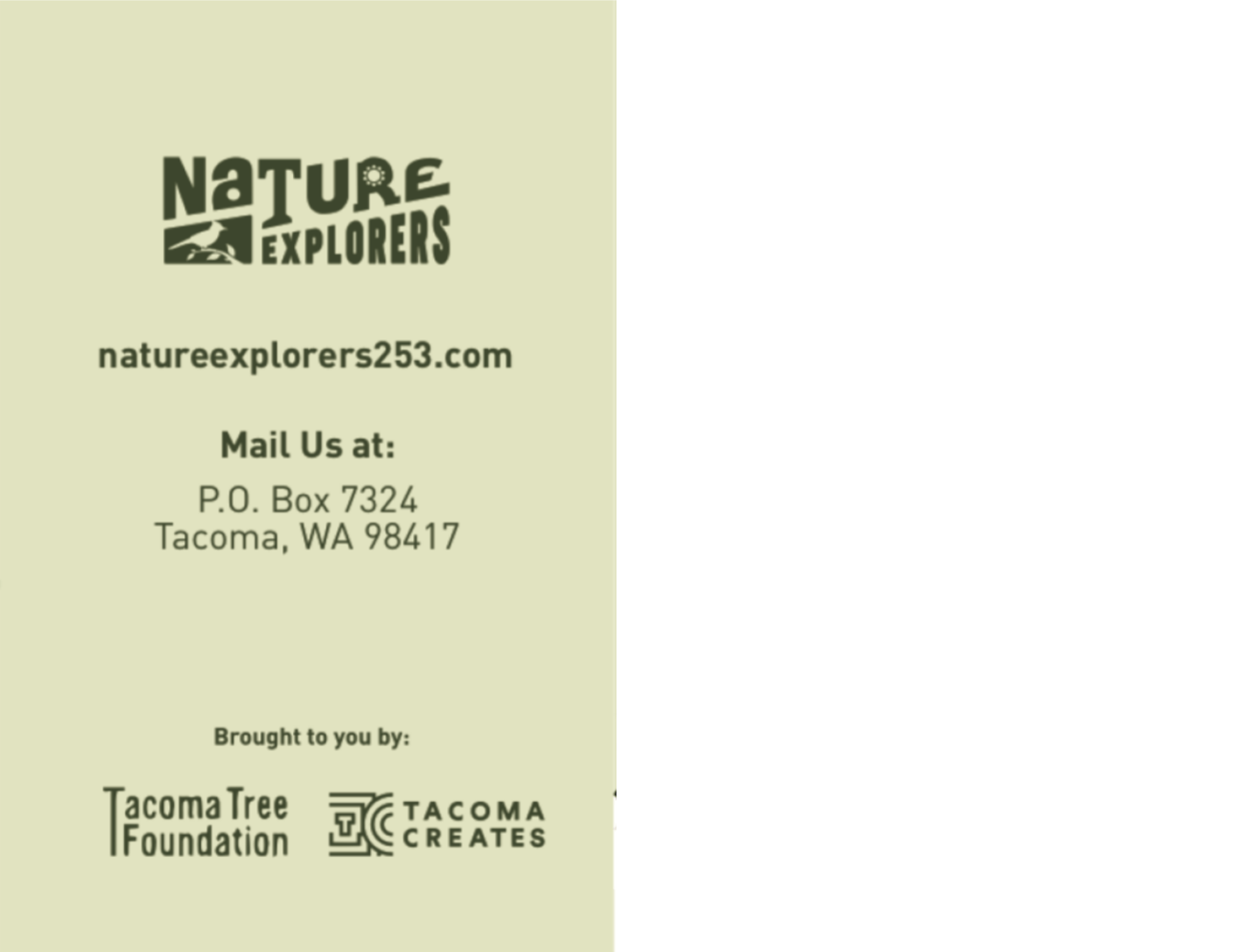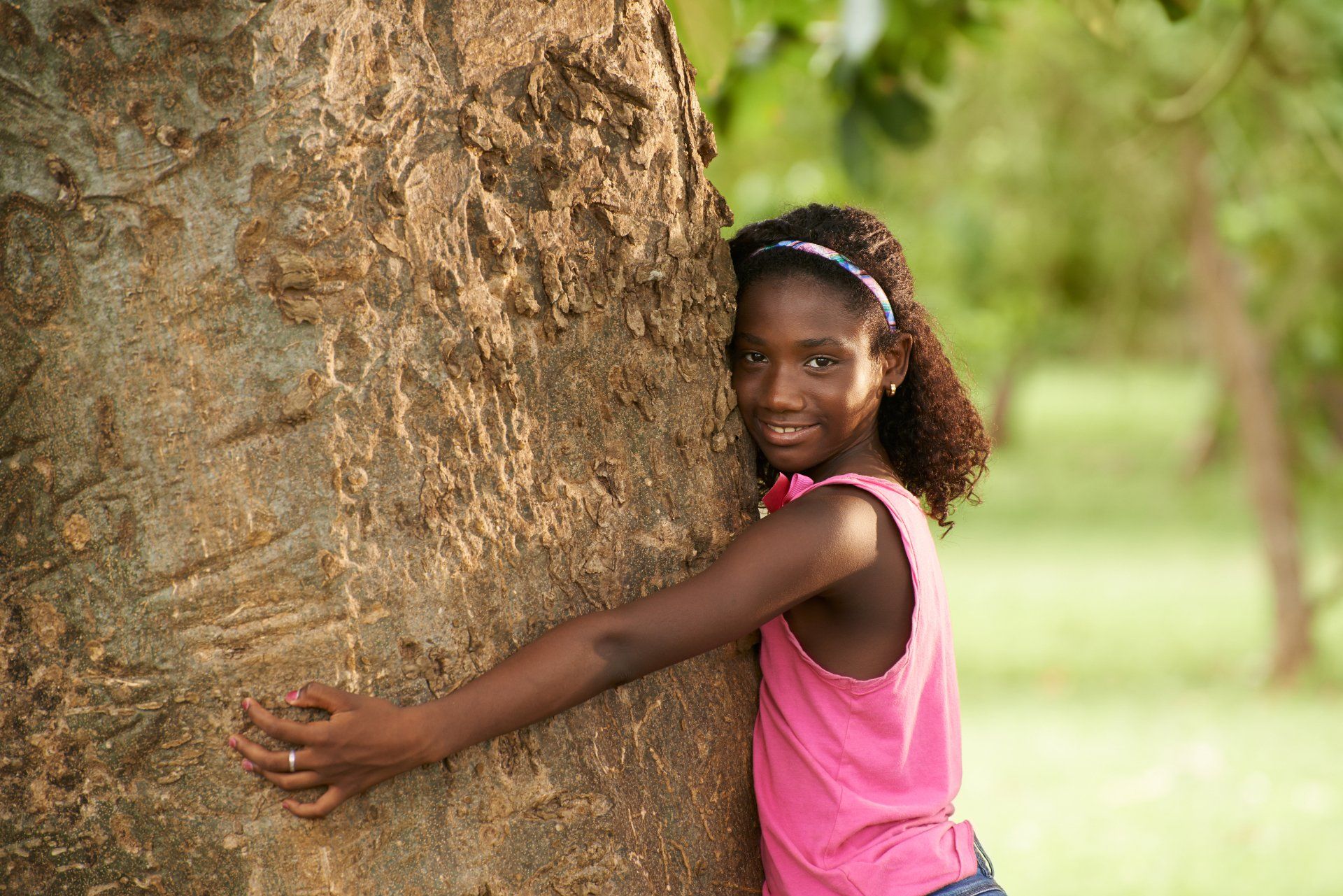Welcome Explorers!
This digital lesson is our first edition. The theme this month is Exploring Nature. This page features heaps of information about Douglas Fir trees, sensory experience prompts, and fun activities you can try at home.
Look out for our next edition on tree diversity and in the meantime keep exploring!
LEARN - Douglas Fir Trees
Featured Video: How Douglas Fir Trees Shaped the Northwest
If you live in the Northwest, you've seen a million Doug firs. For centuries, they've been crucial to the Northwest way of life. And if you celebrate Christmas, you might bring one into your home every year. But Doug firs are far more than just pretty scenery: they're remarkable — once the world's tallest trees and capable of communication. Video courtesy of Oregon Public Broadcasting.
How Can You Identify Douglas Fir Trees?
Needles
Doug fir needles are between .75 to 1.25 inches long with a vertical line on the back side. The needles are linear or needle-like, not prickly like spruce, and singly whorled around the twig. They smell fantastic!
Bark
Adult Douglas fir trees have thick bark that is deeply furrowed, more so than any other tree in the region. The color is gray to brown and usually brown at the bottom of the furrows.
Cones
Doug fir cones have three-pointed bracts sticking out of the scales. The cones hang down rather than standing up on the branch. The Douglas fir drops its cones to the ground intact.
Trunk Height
The Douglas fir grows very tall and straight upwards. It is the tallest conifer in the Northwest, growing to over 300 feet (90 meters). Of all trees, only redwoods in California grow to a greater height.
Many Species Rely on Douglas Fir Trees for food and shelter. Here are some examples:
Black Bear
Black bears love Douglas fir sap. They use their claws to strip bark from trees, then feed on the sapwood (newly formed outer wood) by scraping it from the heartwood (older central wood) with their teeth. Scattered remnants of bark strewn at the base of a tree and vertical tooth marks indicate bear activity.
Spotted Owl
Northern spotted owls are non-migratory. They prefer old-growth forests, particularly Douglas fir forests, that typically take 150 to 200 years to mature. These types of forests have high canopy layers, snags (standing dead trees), and open spaces for flying underneath and between trees.
Fir Beetle
Douglas-fir beetle (Dendroctonus pseudotsugae) is the most destructive bark beetle of mature Douglas-fir forests in western North America. It is a native insect found throughout the range of its only host tree, Douglas-fir, from southern Canada to northern Mexico.
DISCOVER
Some Ways that Trees Provide For Us
Travel to the forests, sandspits, and marshes of Suquamish, Washington, with Museum conservators while yo stay home and learn about Native Northwest Coast basket weaving from master weaver Ed Carriere.
Look Around Your Home, what sorts
of things are made from trees?
Trees are all around us!
CREATE/PLAY
Create: How To Make a Zine
Have you ever seen a "zine?" It's a small booklet that features art, poetry and activities. If you'd like to learn how to make a mini zine out of a single piece of paper then watch the video below to learn how to create your own today. All you need is a piece of paper and scissors to create the zine and then you can fill it up with your own drawings and stories to make it your first zine.
Check Out our Zine!
More fun projects to try at home!
Make a Colorful Leaf Rubbing
It's Fall and there are leaves everywhere! Find some leaves that you like and make a rubbing with crayons or pencils.
Origami Tree
Douglas firs make great Christmas trees. Watch the video below to learn how to make an origami tree.
ACTIVITY
Go to a window or go outside. What nature do you see? Share with your friends or family or send us your nature update.



